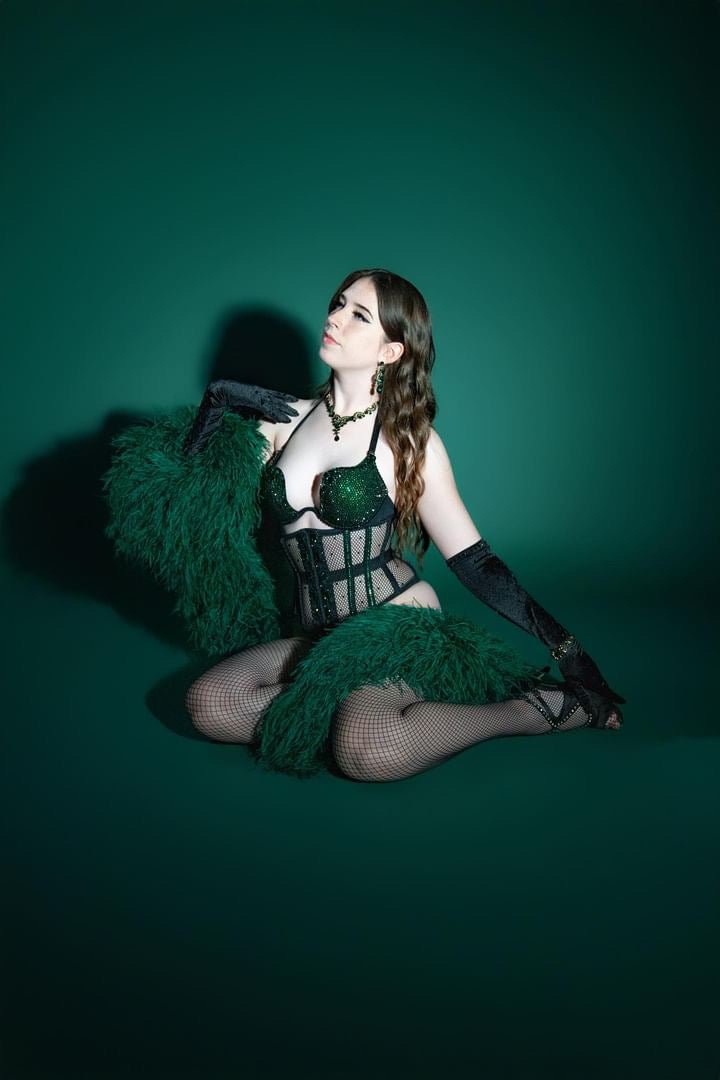
- by Pepper Developments
Historical Figures and Their Love for Feather Boas
- by Pepper Developments
Feather boas have long been synonymous with flair, flamboyance, and fearless fashion. These eye-catching accessories, often associated with cabaret performers and stage theatrics, have also played a central role in the wardrobes of some of history's most iconic figures. But beyond their visual drama lies a deeper cultural and symbolic meaning that speaks to identity, rebellion, and self-expression.
From Oscar Wilde to Elton John, many legendary personalities have used feather boas to push boundaries, provoke thought, and cement their unique place in cultural history. In this article, we'll explore the fascinating relationship between historical figures and their love for feather boas, uncovering how this feathery fashion staple became a symbol of defiance, empowerment, and style evolution.
Whether you're searching for the history of feather boas, their influence in fashion, or curious about who made them famous, this guide answers all your questions in a scannable, reader-friendly format.
Feather boas are more than mere costume accessories. Their use throughout history has reflected changing attitudes toward gender, identity, and performance.
Initially used in theatrical and burlesque performances
Seen as a symbol of luxury, seduction, and flamboyance
Became popular in the late 19th and early 20th centuries
Worn by men and women to challenge societal norms
Became emblematic of bohemian and countercultural movements
Adopted in drag culture as a tool for performance and transformation
Oscar Wilde, the celebrated playwright and poet, was a pioneer of the aesthetic movement and a sartorial rebel.
Embraced fashion as a form of artistic expression
Favourably compared to a "peacock" for his bold dress sense
Although not always photographed in feather boas, his use of flamboyant accessories mirrored their symbolism
Used clothing to question and critique rigid gender roles
Became a symbol of dandyism and non-conformity
Laid the groundwork for future fashion rebels
Josephine Baker was not only a trailblazing African-American performer but also an international fashion icon.
Frequently wore elaborate costumes adorned with feathers and boas
Her outfits conveyed both sensuality and strength
Challenged Western beauty standards and racial prejudices
Used fashion and dance to empower herself and inspire others
"Josephine Baker feather boa costumes"
"Famous black performers with feather boas"
Marlene Dietrich redefined what it meant to be glamorous in Hollywood.
Known for mixing traditionally masculine and feminine clothing
Feather boas complemented her suits, adding dramatic flair
Became a fashion symbol within queer communities
Blurred gender lines in a time when it was daring to do so
Mae West was the queen of camp before the term was even popularised.
Boas were integral to her sultry, larger-than-life persona
Known for witty one-liners and even wittier wardrobes
Inspired generations of performers to embrace exaggeration
Her use of feather boas set a template for stage glamour
Liberace, the piano virtuoso and showman, took feathered fashion to new heights.
Boas were often part of his spectacular stage outfits
Used fashion to embody the fantasy and theatricality of his music
Challenged expectations of male entertainers
Normalised flamboyance and self-expression for men in pop culture
Elton John made fashion a central part of his brand during the 1970s.
Feather boas featured heavily in his early concerts
Paired with platform boots, rhinestone glasses, and sequins
Inspired future musicians to embrace theatrical fashion
Helped feather boas remain relevant across generations
Feather boas have become a staple in drag culture, symbolising performance, power, and self-expression.
Boas are used to exaggerate movement and personality
Serve as visual cues for transformation and identity play
Divine, RuPaul, and other drag legends frequently used boas
The accessory has become synonymous with drag pageantry and pride
Feather boas have transcended their fashion origins to become symbols of protest and pride.
Commonly seen at LGBTQ+ parades and events
Represent visibility, celebration, and defiance
Used in feminist theatre and performance art
Symbolise the reclaiming of "feminine" items for empowerment
Today's fashion and entertainment industries continue to draw inspiration from the feather boa's rich legacy.
Worn by Lady Gaga, Harry Styles, and Billie Eilish
Often styled as nods to the icons of the past
Regularly featured in haute couture and avant-garde fashion shows
Used to evoke nostalgia or disrupt minimalist trends
Pair with structured clothing for contrast
Use as an accessory to elevate eveningwear
Style with modern elements to avoid looking costumey
They emerged in the 19th century as a theatrical accessory and gained popularity through their association with cabaret and stage glamour.
Yes, especially within LGBTQ+ and feminist communities. Boas have become visual tools for visibility, defiance, and artistic expression.
Traditionally made from ostrich, marabou, or chandelle feathers. Modern versions may use synthetic fibres for ethical and cost-effective reasons.
Absolutely. Historical and contemporary figures have used boas to express individuality, from Oscar Wilde to modern pop stars.
Look for reputable costume or fashion retailers. Specialty shops offer ethically sourced and luxury versions.
Feather boas are far more than flamboyant neckwear. They carry with them a legacy of cultural resistance, personal empowerment, and artistic brilliance. From Oscar Wilde’s poetic defiance to Elton John’s stage extravagance, boas have served as banners of individuality.
In today’s world, where fashion often meets activism, the feather boa continues to soar. Whether you're paying homage to a beloved icon or expressing your true self, never underestimate the power of a few good feathers.
If you're inspired to incorporate this bold accessory into your style, explore vintage shops or costume boutiques and let your wardrobe speak your truth.
Share:
The Best Feather Boa Colours for Different Skin Tones
The Art of Customising Ostrich Feather Fans: A Guide